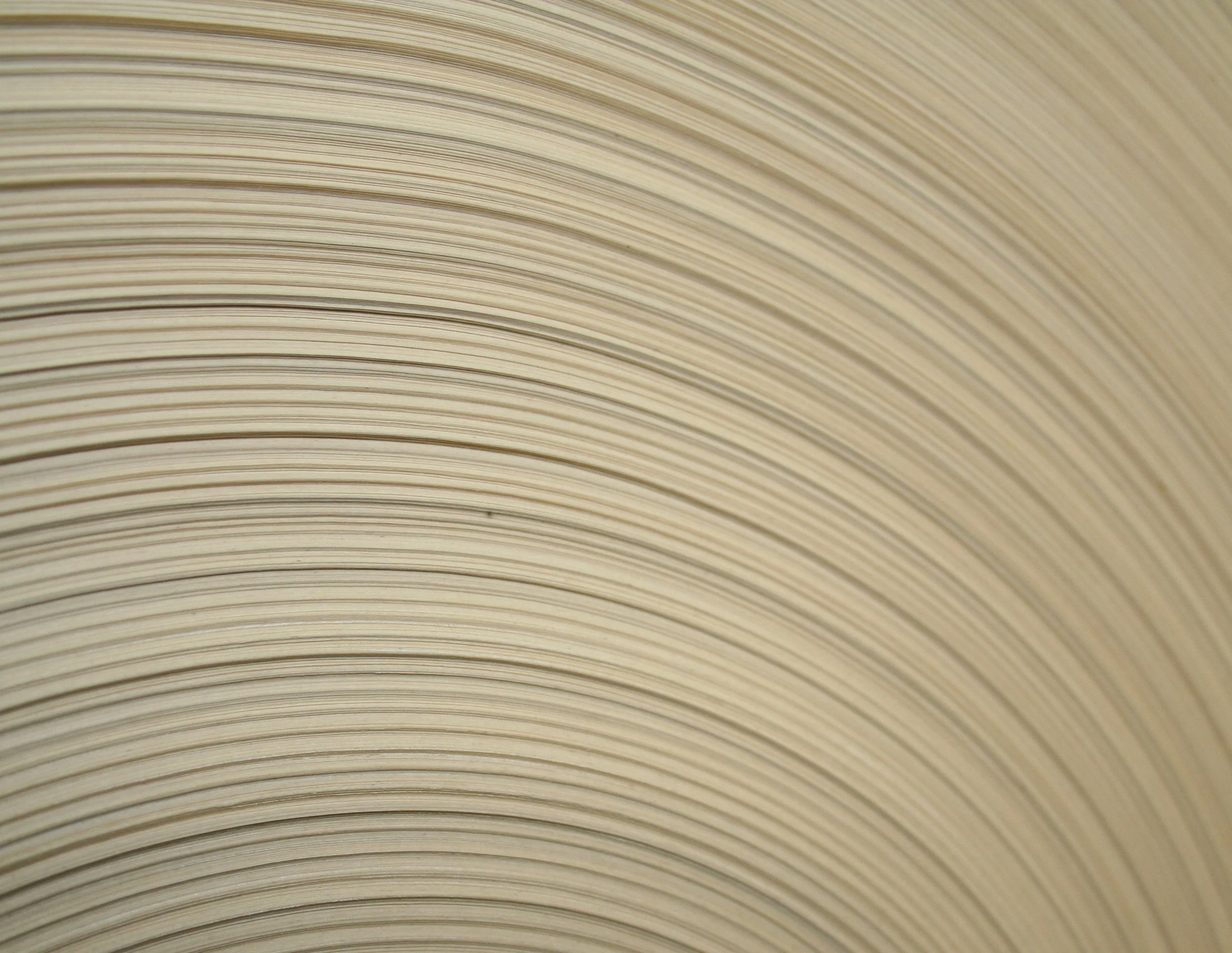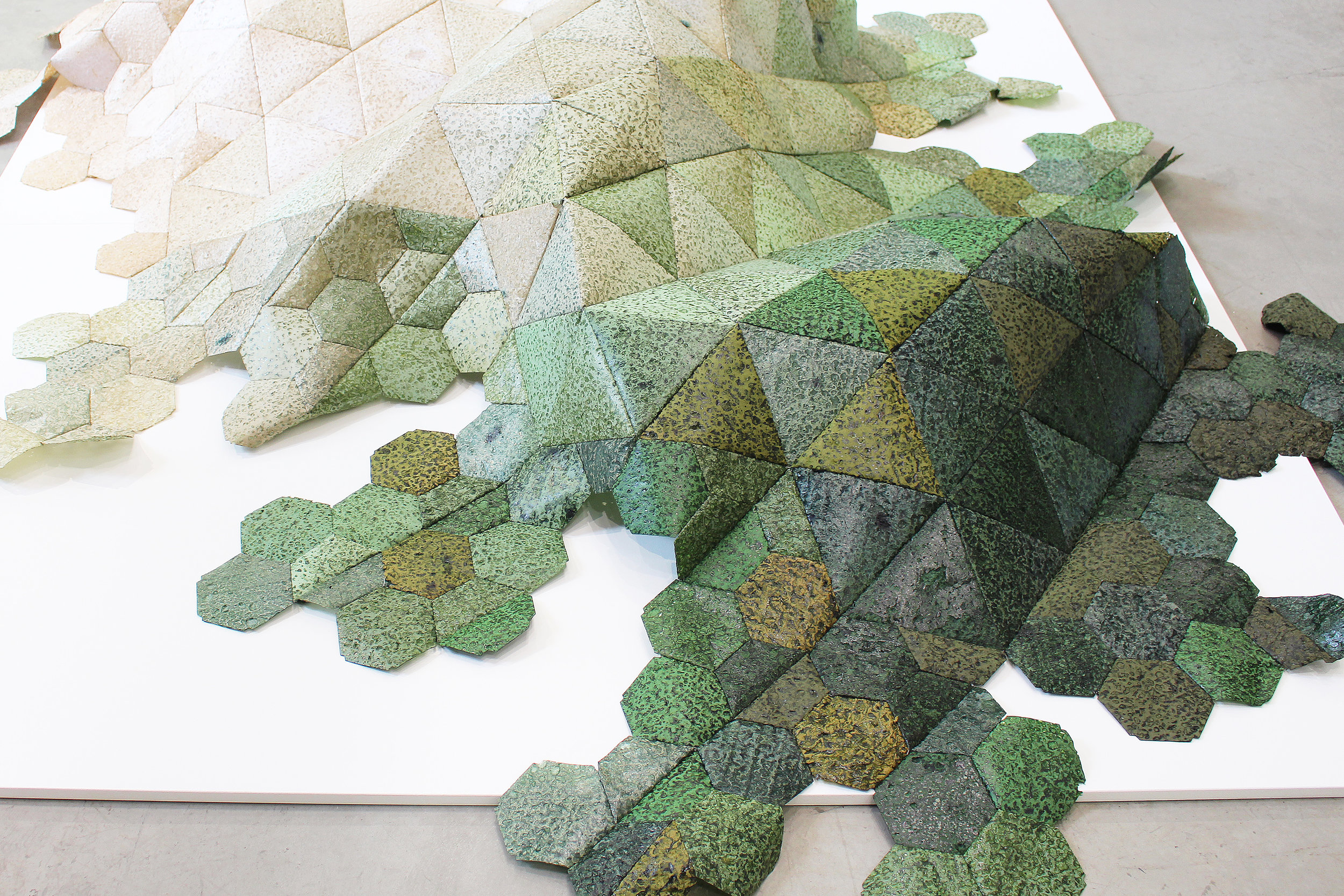Turning the page on paper
Some 2000 years ago a material discovery was made. Paper was invented in China, with the earliest examples dating back as far as circa 180BC. Perhaps inspired by a similar material that was derived from the pressed and dried pith of papyrus plants, where its name actually stems from, paper is in fact made of fibres. More specifically, it is made from fibres that have been changed by maceration or disintegration.
The paper that we know today is made from the cellulose fibre extracted from wood. Yet whilst paper has been created for such a long period of time, it was only during the middle of the 19th century that this process was developed. Rather interestingly, prior to this, fibres such as cotton, hemp and flax were extracted from recycled textiles and turned into the pulp necessary in producing paper.
One of the first adopters of this new process was George Frederick Smith, founder of a company that is today known simply as G F Smith and is synonymous with quality and an extensive selection of weights, sizes and fantastic colours. They’ve been the go-to paper manufacturer for designers since the advent of the first graphic design courses at UK universities in the 1960’s. Recognising the power of design and the versatility of their material the company has continually responded to market trends, collaborating with Peter Blake and Rankin in the 90’s and 00’s as well as adapting papers to suit ever-developing digital print.
With such established paper manufacturing available, the 20th Century naturally became a time for further advancements with the material. Whilst many wouldn’t consider there a link between kitchen worktops, cupboard doors and paper, manufacturers of laminates such as Formica Group demonstrate otherwise. Just over 100 years ago Daniel J. O'Conor and Herbert A. Faber invented a wipe clean composite material made from layers of paper that is impregnated with resin and pressed into a rigid and resistant surface covering. Today the Formica Group is an international brand, producing a huge array of finishes and colour ways, and continuing to innovate the laminate industry. One such innovation is the Infiniti® Worktops range, which poses anti-fingerprint and anti-abrasion surfacing technology that not only keeps the surface looking clean but gives the surface a depth of colour, providing its marble, wood and stone decors with a visual authenticity.
Formica laminate used as a worktop surface
In 1943, with a number of thin-layered paper based laminates now on the market, Richlite further adapted the process to make a thicker material. By adding even more layers of paper they create a material that is more akin to a hardwood than a thin surface covering. Using FSC certified paper and thermosetting resin Richlite is a material that can be milled, sanded, routed and joined like wood. The mottled finish has a distinct look and feels rather a lot like leather, whilst offering heat and water resistant qualities.
Richlite
Following in papers original tradition of recycling, the sheets used in the production of Richlite come from 100% recycled products, something that Canadian based company Dear Human do with even more apparent effect. Taking waste paper pulp they create modular tiles that are distinctly ‘pulpy.’ In their raw form the square and hexagonal tiles, as well as 3-dimensional pieces of furniture, are clearly made from shreds of paper and retain a ‘cardboard brown’ tone. Being paper-based, customisation is possible through paint and various designs are available. Alternatively, you can try your own hand in adding a splash of colour of your choice.
Given the history of paper and it’s immediate ability to be recycled it’s hardly surprising, although pleasing to find, young designers also exploring the possibilities of paper waste. Last year, Manchester University graduate Hannah Elisabeth Jones launched her paper-textile material Bio-marble. Recognising the abundance of paper waste being produced within the university she began experimenting with it. Taking it through a series of transformative processes she has created a new material with a surface finish that resembles something from the world if science fiction that comes in a range of beautiful colours, which are created with hand dyeing processes.
As our collective awareness of the importance of recycling grows and it becomes a part of regular discussions both on the news and in the houses of parliament, it’s refreshing to find large-scale manufacturers taking the lead in making positive change. One such example comes from G F Smith, whose Extract project, launched at their London HQ, tackles the ever-growing problem disposable coffee cups. Such cups, for which we use 4861 per minute, which results in 7 million a day, are lined with a thin coating of plastic. Whilst one might hope that our cups are recycled once we’ve guzzled the warm contents, unfortunately only around 1 in 400 are. G F Smith have therefore taken responsibility for inspiring conscious consumption, transforming what is avoidable waste into 10 amazing colours of exquisite paper.
This article was originally published by Design Insider Live







